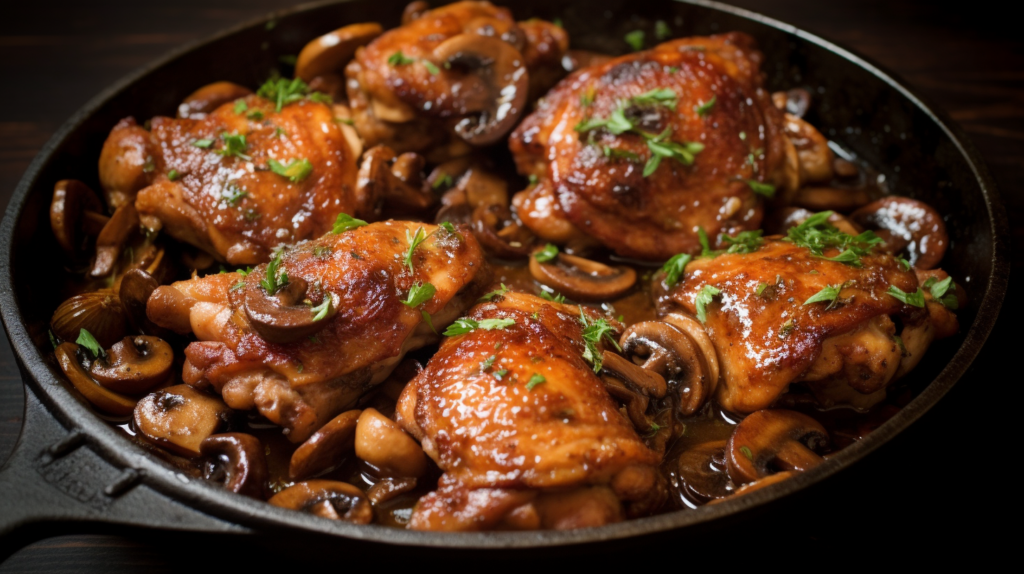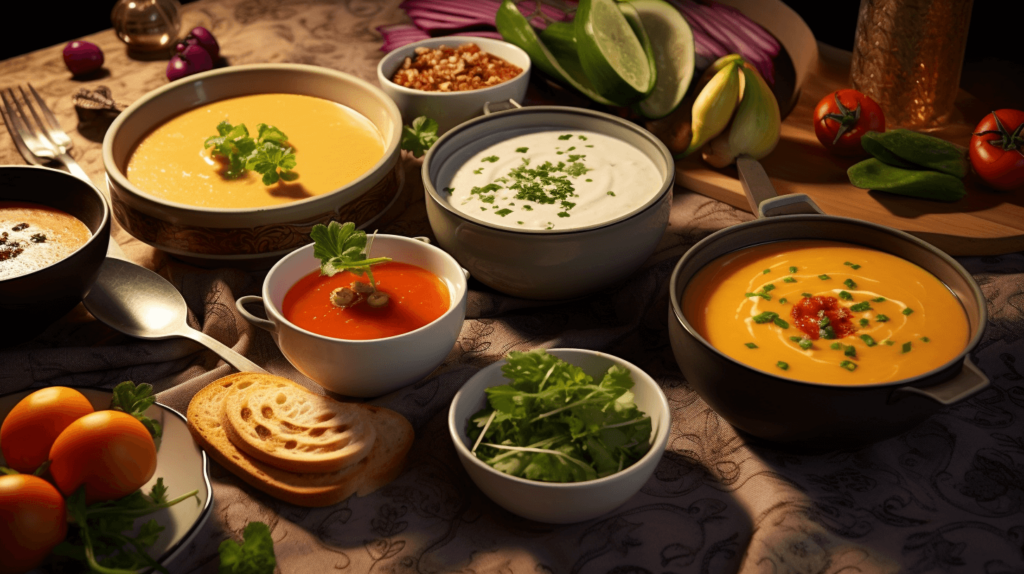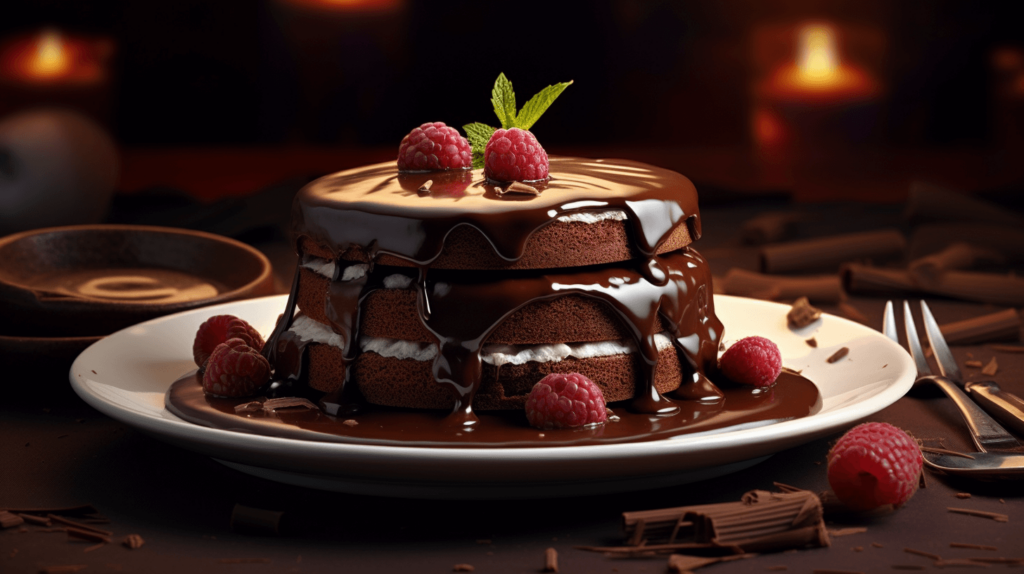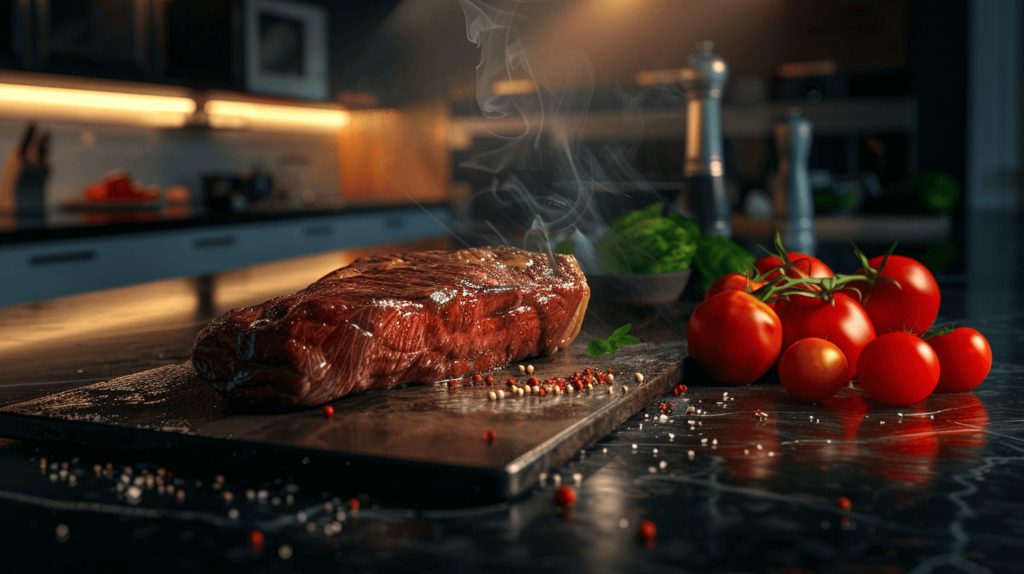Beef has been a staple in diets around the world for centuries, and the way it is cooked has evolved over time. From ancient civilizations cooking meat over open flames to modern techniques like sous vide, the methods used to prepare beef have come a long way. Innovation in the culinary world has played a significant role in shaping the way we cook beef today. Chefs and home cooks alike are constantly experimenting with new techniques and flavors to elevate this beloved protein.
Traditional Beef Cooking Techniques: Grilling and Roasting
Grilling and roasting are two of the most traditional methods of cooking beef. Grilling involves cooking meat over an open flame or hot coals, while roasting is done in an oven. Both methods have their pros and cons. Grilling imparts a smoky flavor and beautiful grill marks on the meat, but it can be challenging to control the temperature and may result in uneven cooking. Roasting, on the other hand, allows for more precise temperature control but may not achieve the same level of char and flavor as grilling.
To achieve the perfect grilled or roasted beef, it’s essential to start with high-quality meat. Season the beef generously with salt and pepper before cooking, and allow it to come to room temperature for even cooking. For grilling, preheat the grill and oil the grates to prevent sticking. Cook the beef over direct heat for a nice sear, then move it to indirect heat to finish cooking. For roasting, use a meat thermometer to ensure the beef reaches your desired level of doneness.
Modern Beef Cooking Techniques: Sous Vide and Reverse Searing
Sous vide and reverse searing are two modern techniques that have gained popularity in recent years for their ability to produce perfectly cooked beef every time. Sous vide involves vacuum-sealing meat in a bag and cooking it in a water bath at a precise temperature for an extended period. Reverse searing involves searing the meat first, then finishing it in a low-temperature oven.
These modern techniques differ from traditional methods in that they allow for precise temperature control and even cooking throughout the meat. Sous vide is particularly useful for achieving a perfect medium-rare or medium doneness, while reverse searing creates a beautiful crust on the outside while keeping the inside tender and juicy.
The benefits of using modern techniques like sous vide and reverse searing include consistent results, enhanced flavor retention, and tender texture. These methods are especially useful for tougher cuts of beef that benefit from low and slow cooking to break down collagen and connective tissue.
Marinating and Brining: Enhancing Flavor and Tenderness
Marinating and brining are two techniques used to enhance the flavor and tenderness of beef. Marinating involves soaking meat in a mixture of acids, oils, herbs, and spices to infuse flavor into the meat. Brining involves soaking meat in a saltwater solution to improve moisture retention and tenderness.
Marinating can add depth of flavor to beef by introducing various herbs, spices, citrus juices, or vinegar into the meat. It also helps tenderize tougher cuts of beef by breaking down muscle fibers. Brining works by allowing salt to penetrate the meat, which helps denature proteins and retain moisture during cooking.
To create the perfect marinade or brine, consider using ingredients like soy sauce, garlic, honey, herbs like rosemary or thyme, and acidic components like lemon juice or vinegar. Experiment with different flavor combinations to find what works best for your taste preferences.
Dry Aging: Aged Beef’s Unique Flavor and Texture
Dry aging is a process that involves hanging large cuts of beef in a controlled environment for several weeks to months. During this time, enzymes break down muscle fibers, resulting in increased tenderness and concentrated flavor. The outer layer of the meat forms a crust that is trimmed off before cooking.
Dry aging affects the flavor and texture of beef by intensifying its natural beefy flavor and creating a more tender bite. The process allows for moisture loss, which concentrates the flavors while also tenderizing the meat through enzymatic action.
To dry age beef at home, you will need a dedicated refrigerator with controlled temperature and humidity settings. Place the beef on a rack to allow air circulation around all sides of the meat. Monitor the aging process closely, as different cuts may require varying lengths of time to achieve optimal results.
Choosing the Perfect Cut of Beef for Your Dish
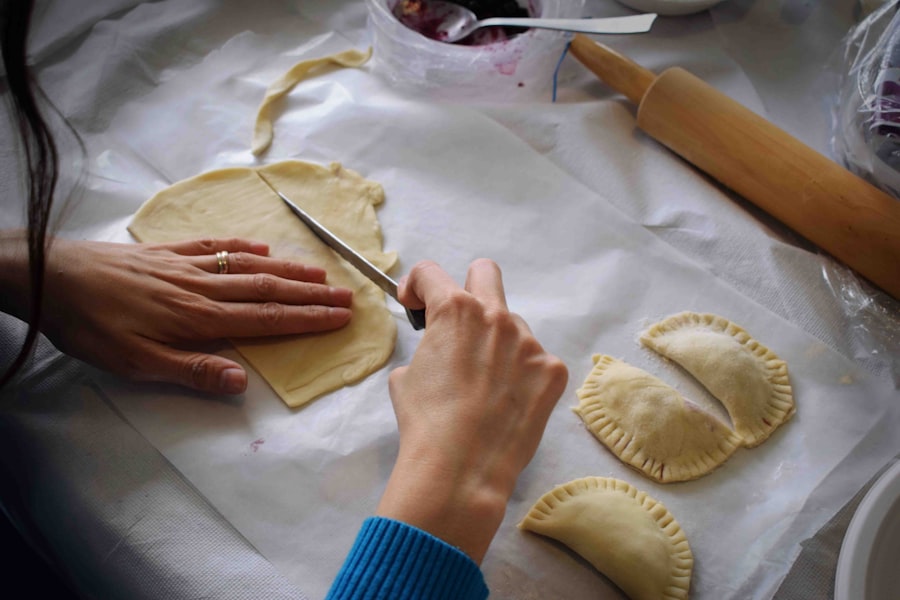
Choosing the right cut of beef is crucial for achieving a successful dish. Different cuts vary in tenderness, flavor, fat content, and ideal cooking methods. Common cuts include ribeye, filet mignon, sirloin, flank steak, brisket, and more.
When selecting a cut of beef for your dish, consider factors such as marbling (intramuscular fat), thickness, bone-in vs. boneless options, and intended cooking method (grilling, roasting, braising). For example, ribeye is well-marbled and flavorful, making it ideal for grilling or pan-searing, while brisket is best suited for slow cooking methods like smoking or braising.
To prepare different cuts of beef effectively, familiarize yourself with each cut’s unique characteristics and recommended cooking techniques. Experiment with various cuts to discover your favorites and learn how to bring out their best qualities through proper preparation.
Slicing and Serving: Tips for Presentation and Texture
Properly slicing beef is essential for both presentation and texture. When slicing cooked beef, it’s crucial to cut against the grain to shorten muscle fibers and ensure tenderness. For roasts or larger cuts of beef, slice thinly against the grain to maximize tenderness.
When serving beef dishes, consider presentation elements such as garnishes, sauces, side dishes, and plating techniques. Garnish with fresh herbs like parsley or chives for added color and flavor contrast. Pair beef dishes with complementary sauces like chimichurri or peppercorn sauce to enhance taste profiles.
To elevate your beef dishes further, experiment with different serving styles such as family-style platters for sharing or individual plates for a more refined presentation. Pay attention to details like plate composition, portion sizes, and overall aesthetics to create visually appealing meals that are as delightful to look at as they are to eat.
Beef Recipes: Classic and Contemporary Ideas for Every Occasion
Beef lends itself well to a wide range of classic and contemporary recipes suitable for various occasions. Classic recipes like Beef Wellington or Beef Bourguignon showcase traditional cooking techniques that have stood the test of time. These dishes often feature slow-cooked meats with rich sauces and hearty accompaniments.
Contemporary beef recipes offer innovative twists on classic dishes or entirely new creations that incorporate global flavors and modern cooking methods. Examples include Korean-style bulgogi tacos, Vietnamese pho-inspired beef noodle soup bowls, or Middle Eastern spiced kebabs served with couscous salad.
For special occasions like holidays or celebrations, consider preparing show-stopping dishes like prime rib roast with garlic herb butter or surf-and-turf featuring steak and lobster tail. Tailor your recipes to suit your guests’ preferences while also challenging yourself to try new ingredients or techniques that push culinary boundaries.
Perfecting Beef Cooking: Temperature, Timing, and Resting
Achieving perfect results when cooking beef relies on mastering key factors such as temperature control, timing accuracy, and proper resting periods before serving. Different cuts of beef require specific internal temperatures to reach desired levels of doneness ranging from rare to well-done.
Use a reliable meat thermometer to monitor internal temperatures accurately throughout the cooking process. For steaks or roasts cooked in an oven or on a grill, allow sufficient time for meats to reach target temperatures without undercooking or overcooking them.
Resting cooked beef before slicing or serving is crucial as it allows juices within the meat to redistribute evenly throughout each slice while ensuring optimal tenderness when consumed. Resting times vary depending on cut size but generally range from 5-20 minutes before carving into portions.
The Art and Science of Beef Cooking
In conclusion, mastering the art of beef cooking involves understanding traditional techniques while embracing modern innovations that enhance flavors and textures in exciting ways. Balancing both artistry in presentation with scientific precision in cooking methods creates memorable dining experiences that delight both chefs and diners alike.
As you continue your culinary journey with beef dishes at home or in professional kitchens, remember that experimentation is key to discovering new flavors combinations that excite your palate while pushing boundaries creatively. Whether you’re grilling steaks outdoors on a summer evening or slow-cooking braised short ribs for a cozy winter meal indoors – enjoy every moment spent crafting delicious beef dishes that bring joy to those who gather around your table.
Remember to always source high-quality beef from reputable suppliers, as the quality of your ingredients will greatly impact the final taste of your dish. Don’t be afraid to try different cuts of beef and cooking techniques to expand your culinary skills and knowledge. And most importantly, have fun in the kitchen and savor the process of creating something truly special for yourself and your loved ones. Happy cooking!
If you enjoyed learning about the evolution of beef cooking techniques, you might also be interested in exploring a delicious recipe for Beef Tamales. This traditional dish offers a unique and flavorful way to enjoy beef, showcasing the rich culinary heritage behind this beloved ingredient. Dive into the world of Mexican cuisine with this savory and satisfying recipe that will surely delight your taste buds.


